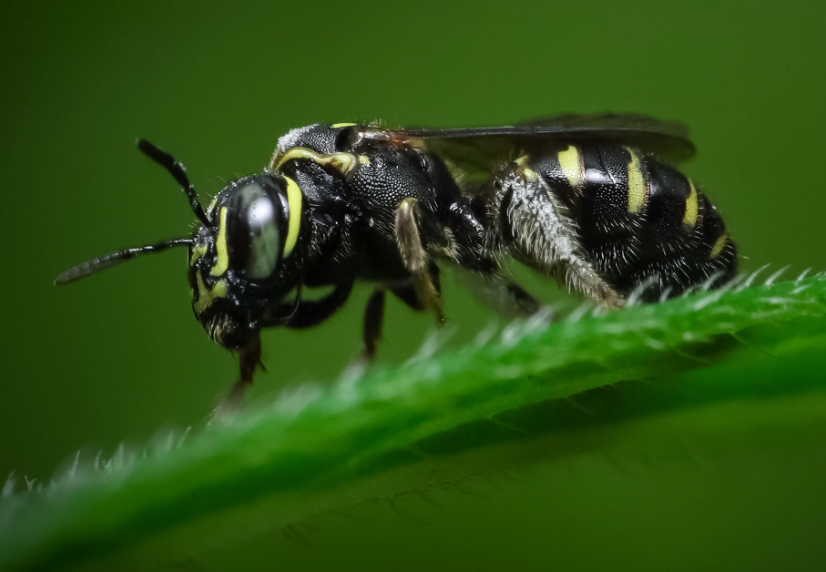The Silent Destructors: Understanding the Impact of Carpenter Bees
Carpenter bees may not be as infamous as their stinging counterparts, but their silent destructiveness can wreak havoc on wooden structures if left unchecked. Often mistaken for bumblebees due to their similar appearance, these solitary insects possess a unique set of behaviors that make them a significant threat to wooden infrastructure. In this blog post, we delve into the world of carpenter bees, exploring their habits, the damage they cause, and methods for mitigation.
Identifying Carpenter Bees:
One of the key features that distinguish them from bumblebees is their hairless abdomen. While bumblebees often nest underground, carpenter bees are aptly named for their propensity to burrow into wood to create galleries for nesting.
The Destructive Habits:
Female carpenter bees are the architects of destruction. Equipped with strong mandibles, they excavate perfectly round holes typically around half an inch in diameter into wooden structures. These holes serve as entry points to create tunnels within the wood, where they lay their eggs and rear their young. Over time, these tunnels can extend several feet, compromising the structural integrity of the wood.
One of the most insidious aspects of carpenter bee infestations is their ability to go unnoticed until significant damage has occurred. Unlike termites, carpenter bees do not consume wood for sustenance; instead, they excavate it to create nesting sites. Consequently, the damage caused by carpenter bees may not be immediately apparent, making early detection challenging.
The Impact on Wooden Structures:
The implications of carpenter bee infestations extend beyond aesthetic concerns. While cosmetic damage may be the first indication of a problem, the structural consequences can be far more severe. Weakened wood is susceptible to moisture infiltration, rot, and eventual collapse, posing safety hazards and necessitating costly repairs.
Furthermore, untreated wood damaged by carpenter bees becomes more attractive to other wood-boring insects and fungi, compounding the deterioration process. Left unchecked, carpenter bee infestations can escalate, causing irreparable harm to wooden structures.
Mitigation Strategies:
Preventing and managing carpenter bee infestations requires a multifaceted approach:
-
Preventative Measures: Carpenter Bee Repellents should be used for preventative care.
-
Carpenter Bee Elimination: If you already have a carpenter bee infestation, then traps and spray are recommended.
- Repair: If carpenter bees have already done damage to your porch, deck or wooden structure then carpenter bee corks can undo the damage. Spraying with Carpenter Bee Killer Spray is recommended before placing corks into the holes.
Conclusion:
While carpenter bees may not elicit the same fear as their stinging counterparts, their destructive potential should not be underestimated. By understanding their habits, recognizing the signs of infestation, and implementing appropriate mitigation strategies, property owners can safeguard their wooden structures against the silent but significant threat posed by carpenter bees. Stay vigilant, and take proactive steps to protect your property from these insidious intruders.
Check out Donaldson Farms Carpenter Bee Products.

